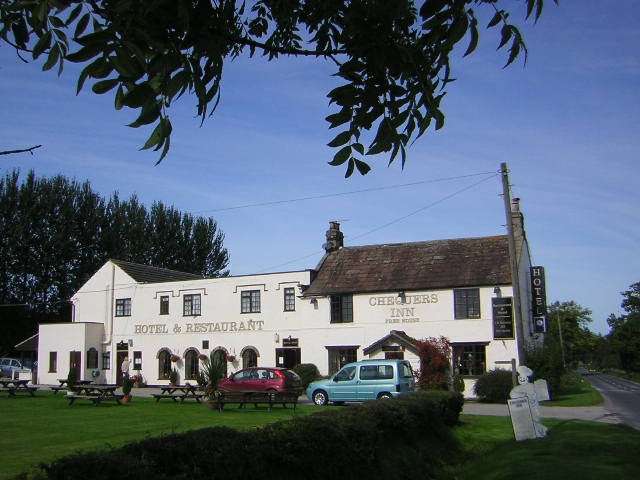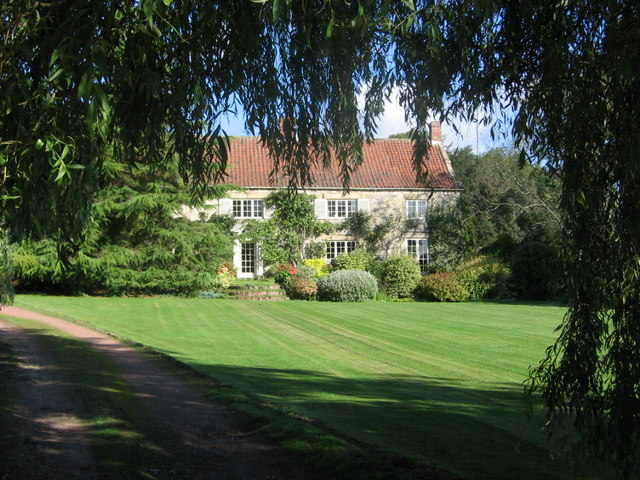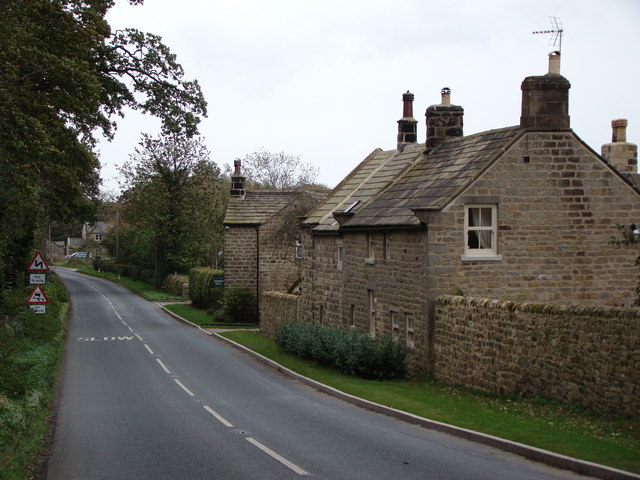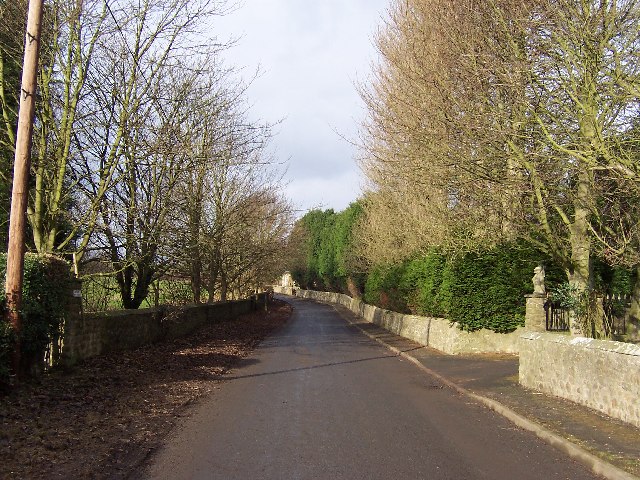Fountains Park
Downs, Moorland in Yorkshire Harrogate
England
Fountains Park

Fountains Park is a picturesque estate located in the heart of Yorkshire, England. It is nestled amidst the stunning landscapes of the Yorkshire Downs and Moorland, offering visitors a serene and breathtaking experience. Covering an extensive area of land, the park is home to a variety of natural wonders and historical landmarks.
One of the park's standout features is the majestic Fountains Abbey, a UNESCO World Heritage site. Founded in 1132, the abbey ruins are beautifully preserved, allowing visitors to step back in time and explore the rich history of the area. Adjacent to the abbey is the tranquil Studley Royal Water Garden, a stunning 18th-century landscape garden with elegant lakes, cascades, and impressive vistas.
The park is also renowned for its diverse wildlife and nature trails, which attract nature enthusiasts and hikers from all over. Visitors can spot deer, rabbits, and a wide variety of bird species as they wander through the park's lush greenery. The park's extensive network of footpaths and bridleways allows visitors to explore the stunning surroundings at their own pace.
For those seeking a more relaxed experience, the park offers peaceful picnic spots, where visitors can enjoy a leisurely lunch while taking in the stunning views. Additionally, there are several cafes and restaurants within the park, offering a range of delicious local cuisines.
Fountains Park truly caters to all interests, whether it be history, nature, or simply enjoying the tranquility of the Yorkshire countryside. With its captivating beauty and rich heritage, it is no wonder that Fountains Park is a beloved destination for locals and tourists alike.
If you have any feedback on the listing, please let us know in the comments section below.
Fountains Park Images
Images are sourced within 2km of 54.090415/-1.5983085 or Grid Reference SE2666. Thanks to Geograph Open Source API. All images are credited.
![How Hill Tower It seems rather odd that the OS map should show this as a church as it has not served that function for several hundred years. Originally built by the monks of nearby Fountains Abbey as a chapel dedicated to St Michael the Archangel sometime before 1346, it became something of a pilgrimage site during the middle ages with a winding pathway leading up the hill which would allow pilgrims views to the abbey and towards both Ripon and York Minsters, the latter being at least 25 miles away. It survived as a chapel for a while after the dissolution, but there's a lack of records after 1570 suggesting that it had fallen out of use.
The current tower, minus some later additions, is the work of John Aislabie who acquired the property around 1717 and rebuilt it as an 'eyecatcher' soon after in 1719, the idea being that it would form the focal point to the view from the proposed new mansion above the NE end of the lake [SE282695 - but never built], with a line of sight along the length of the new canal through the water gardens. The stone pyramidical roof and four sided cross on the top suggest a Masonic link. The tower has undergone some further restoration in recent years and is worth visiting for the extensive view in all directions.](https://s2.geograph.org.uk/geophotos/05/17/92/5179262_ddcaef05.jpg)

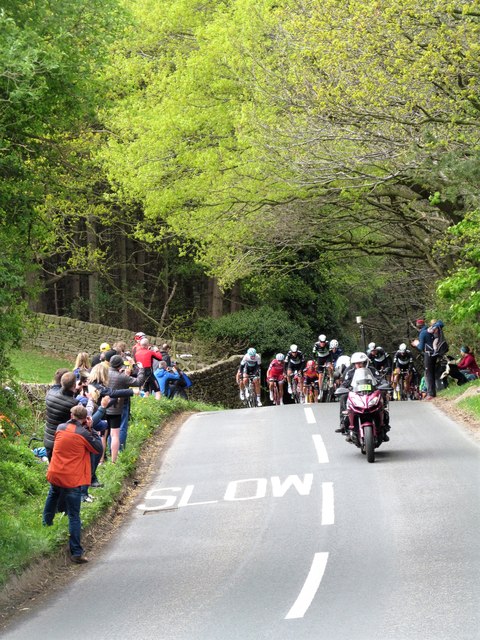





Fountains Park is located at Grid Ref: SE2666 (Lat: 54.090415, Lng: -1.5983085)
Division: West Riding
Administrative County: North Yorkshire
District: Harrogate
Police Authority: North Yorkshire
What 3 Words
///unsettled.holdings.workloads. Near Ripon, North Yorkshire
Nearby Locations
Related Wikis
Sawley, North Yorkshire
Sawley is a village and civil parish in the Harrogate district of North Yorkshire, England. It is about 4 miles (6.4 km) west of Ripon. From this position...
Fountains Hall
Fountains Hall is a country house near Ripon in North Yorkshire, England, located within the World Heritage Site at Studley Royal Park which include the...
Fountains Abbey
Fountains Abbey is one of the largest and best preserved ruined Cistercian monasteries in England. It is located approximately 3 miles (5 km) south-west...
Bishop Thornton
Bishop Thornton is a village in the civil parish of Bishop Thornton, Shaw Mills and Warsill, in the Harrogate district of North Yorkshire, England. According...
Markington
Markington is a village in the Harrogate district, in the English county of North Yorkshire. The population of the civil parish (including Markenfield...
Ingerthorpe
Ingerthorpe is a hamlet and former civil parish about 7 miles (11 km) from Harrogate, now in the parish of Markington with Wallerthwaite, in the Harrogate...
Risplith
Risplith is a village in the civil parish of Sawley, in the Harrogate district of North Yorkshire, England. It is about 4 miles (6.4 km) west of Ripon...
Aldfield
Aldfield is a village and civil parish in the former Harrogate district of North Yorkshire, England, about three miles west of Ripon. It is the closest...
Nearby Amenities
Located within 500m of 54.090415,-1.5983085Have you been to Fountains Park?
Leave your review of Fountains Park below (or comments, questions and feedback).












